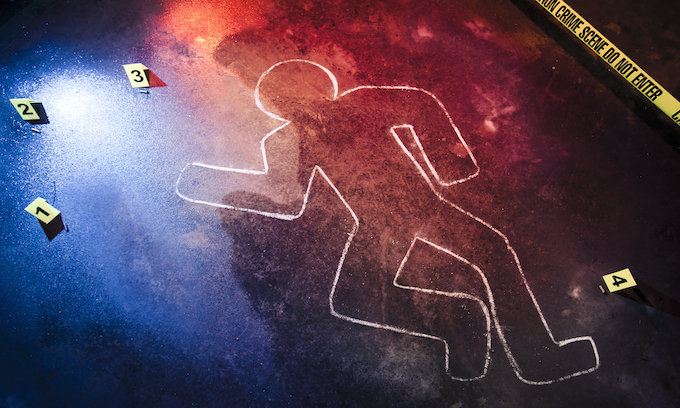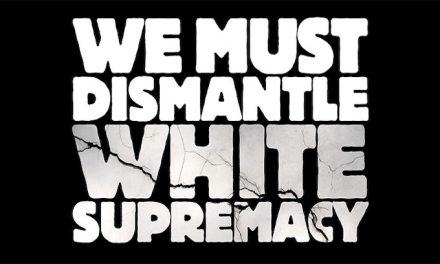Kristin Barfield of Washington was sitting on her porch enjoying a spring day when she was shot and killed last month.
Barfield, 58, was not the intended target of the shooting, but she became a statistic in an alarming upward trend in violent crimes.
“It’s not just shootings, it’s violent crime generally,” Washington County District Attorney Jason Walsh said. “That includes shootings. It includes babies being violently murdered and things of that nature. Aggravated assaults. All those are up.”
As Walsh alluded, his office is prosecuting multiple cases of baby deaths involving parents. This week, in fact, Peters Township police charged Jordan Neil Clarke, 36, in the death of his 11-week-old son.
Several other homicide trials are working their way through the Washington County legal system. A couple of weeks after Barfield was killed, 44-year-old Jerry E. Anderson was shot to death while mowing his lawn in Smith Township.
According to statistics from the FBI, homicides nationwide jumped by nearly 30% in 2020 over 2019. Violent crimes overall increased by 5%.
In Pennsylvania, homicides increased by about 49% during the same time frame, and there was a 27% increase in overall violent crime.
Walsh could not provide specific statistics on crime in Washington County, but said the region is “absolutely” following the national trend.
The FBI notes that its methodology relies on local police departments providing data, but not all departments supply that information, or they may give incomplete datasets.
If a police department provides three to 11 months’ worth of data, the FBI estimates the rest of the numbers using the data provided. If it is under three months, the FBI creates an estimate based on crime figures in similar areas within the same state.
Crime continued to climb in 2021. According to a study from the Council on Criminal Justice, homicides increased by another 5% last year over 2020. That study relied on crime data from 22 cities.
While neighboring Greene County has had its share of violence this year, the district attorney there does not believe the county has experienced a similar uptick in crime.
“Even though there is a current spike in crime across the nation, I believe Greene County is an outlier,” said David Russo.
Russo noted that Greene County’s mostly rural nature means they can be slower to follow societal trends.
In Greene, Cortland Rogers, 28, and Shawna Smith, 23 are awaiting trial for the February murders of Kevin Williford and Judy Hunter of Waynesburg.
At the time of their arrests, borough police Chief Tom Ankrom said it was the first homicide in the borough in his 18 years with the department.
Then in March, five teenagers were involved in a shootout at the Circle K in Carmichaels with three suffering injuries. All five were charged with attempted homicide, three of them juveniles. Russo said the incident was an anomaly for the area.
According to Walsh, another trend within the rise of violence has been the age of the defendants.
In the Washington shooting death of Barfield, 15-year-old Tyriq Moss was arrested and charged with homicide alongside Brandon Allen, 30.
“I would say it’s trending younger in age people. That demographic of society is committing more of these violent crimes,” Walsh said.
Walsh later added that regardless of age, a person accused in a shooting will be charged as an adult by his office.
“You want to commit adult crimes, you will be treated as an adult. These younger kids that are committing these types of crimes, they will be punished as adults,” Walsh said.
Why the spike in crime?
Dr. Michael Crabtree is a professor of psychology at Washington & Jefferson College. He conducts psychological evaluations of defendants, mostly for Washington County but also in Greene, Fayette, Allegheny, Beaver and Armstrong counties.
Crabtree did not attribute the spike in violence to any one particular cause, but noted the turmoil of the past year has brought on a large amount of stress. From the isolation of the early days of the pandemic to climbing gas prices, each is a stressor that piles on top of one another.
“There is a tipping point for each one of us. That accumulated stress for the so-called normal person, what they’re going to do is talk to someone. For a person who is, we’re calling them at-risk, violent behavior is a consequence,” Crabtree said.
According to Crabtree, the average person is not going to respond to these hardships with violence, but someone with a history or predisposition to violence may be pushed to that point.
He also pointed to the conversation of mental health that typically occurs after a tragedy such as a mass shooting. He granted that some mental illnesses, such as paranoid schizophrenia, may surface in these instances, but that there is a misconception about the role mental health plays in violent actions.
“All the other mental health issues – depression, anxiety – they have little to do with violent behavior,” Crabtree said. “The truth is, on average, people who are mentally ill are more likely to be victims.”
Social media, however, can be a powerful tool in pushing people toward violence.
“It doesn’t take much. All it does take is a fairly loaded statement. That sends everyone downhill,” Crabtree said.
Crabtree explained that the internet makes it easy for people to find small communities that reaffirm their beliefs. The shooter that killed 10 people in a Buffalo supermarket in May was reportedly motivated by a racist conspiracy theory and shared his views online.
“Some people just feel very marginalized. There are some public figures who want to beat that drum, and lay that at the feet of a group of people,” Crabtree said.
When it comes to preventing these crimes, Walsh said there is a need for more law enforcement resources. He said that currently, his office and local law enforcement are being stretched thin.
“All of them are being strained being called to these types of crime scenes,” Walsh said.
He added: “I firmly believe that we need more resources for police officers. We need more police officers, not less. We need to fund the police more, not defund police,” Walsh said.
Russo echoed Walsh’s comments, saying calls to “defund the police” have had a negative effect.
“This creates problems and creates an environment for criminals to operate without repercussions. It has decreased the amount of people that are interested in becoming a police person. That is going to have a direct impact on crime in the community and law enforcement’s ability to stop that crime and prosecute that crime,” Russo said.
© Copyright 2022 Observer-Reporter. All rights reserved. This material may not be published, broadcast, rewritten or redistributed.
—-
This content is published through a licensing agreement with Acquire Media using its NewsEdge technology.



















Not enough good guys firing back. It ain’t gonna stop until they are met with enough force to make them think twice.
OR put them in the ground.
Amen!!!
“Crabtree did not attribute the spike in violence to any one particular cause, but noted the turmoil of the past year has brought on a large amount of stress.”……but ignores the one real cause of removing God from the schools, and the Government and in doing so removed the stress and anxiety to be replaced with peace that exceeds all understanding, from2-3 generations that brought up killers and aborters instead of healers and birthers. Take away the concept of accountability in the afterlife, and it disappears in the her and now as well, and quick as a Democrat can steal a soul in demonic harvesting of the weeds and tares that should have been raised as the American fruit and the American waves of grain. The only kinds of apple trees they give us are crab, and what a bitter fruit it is.
According to Biden and msn only white Supremacist are the greatest threat to America. But when I said the 13% was the greatest threat, I was censored. All I did was charge the word white to 13%. With msn only white people are committing.
That’s the same thing in many cop shows. It seems (especially with the newer seasons of SVU and such), only RIGHT wingers, can be ‘extremists, only whites can be in hate groups and the like.